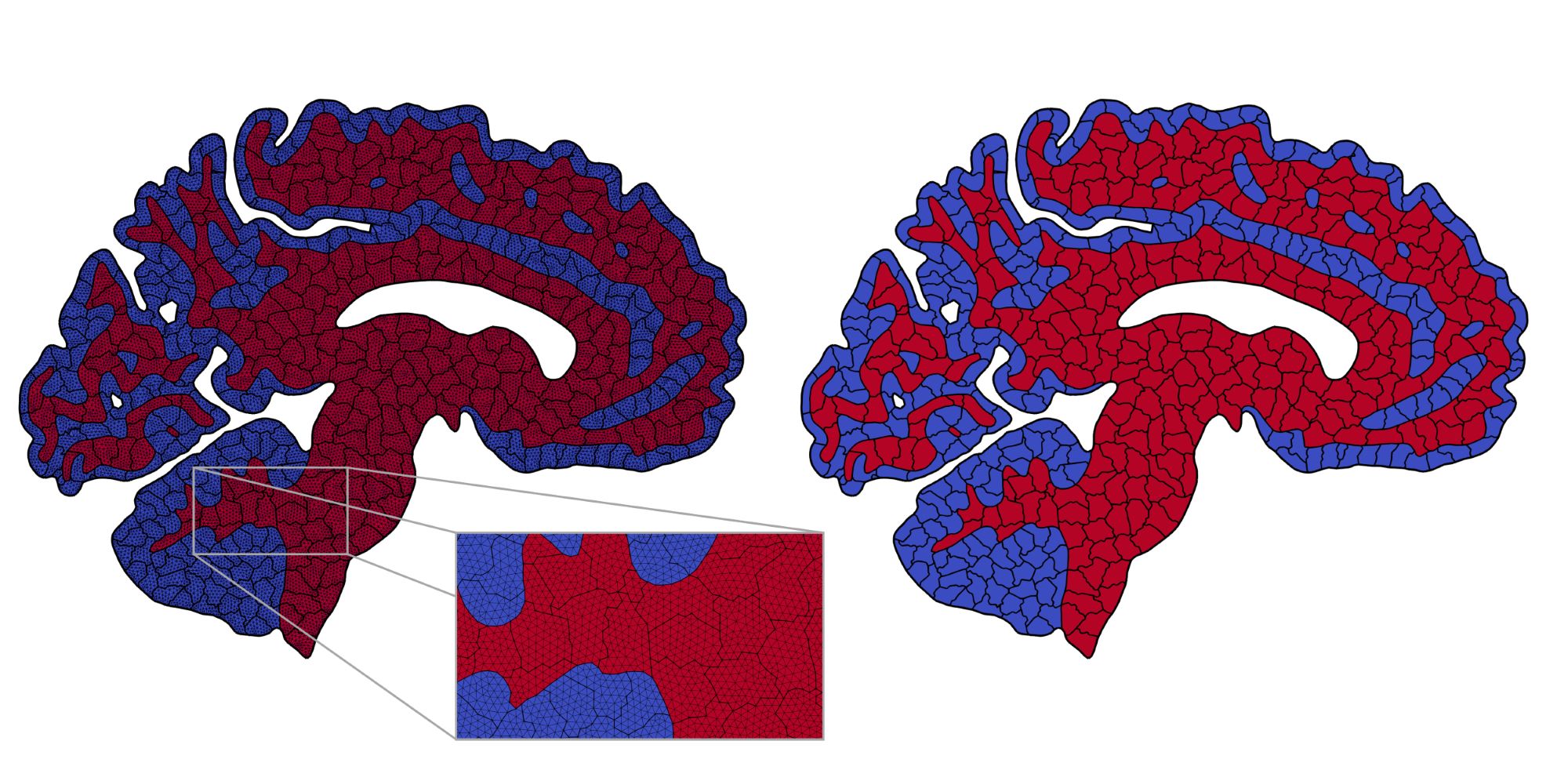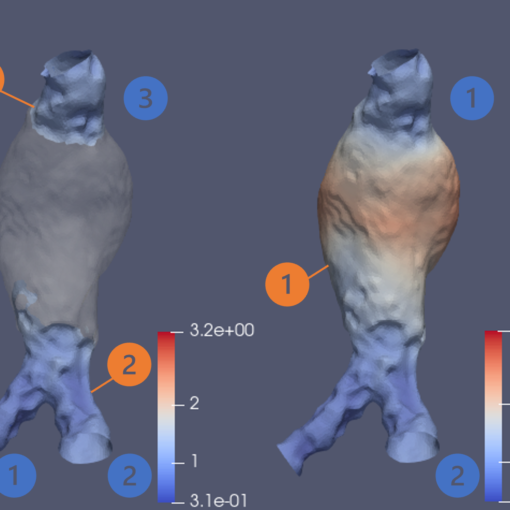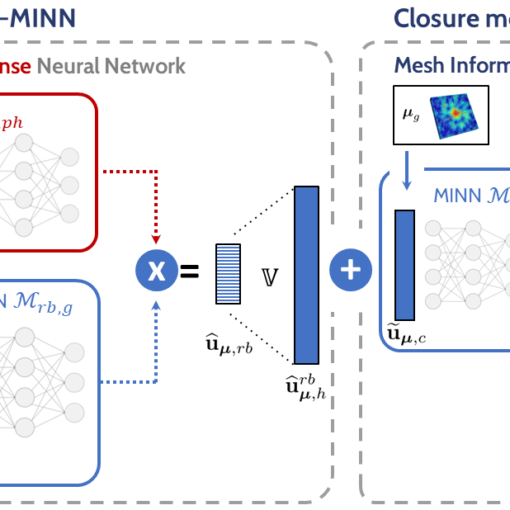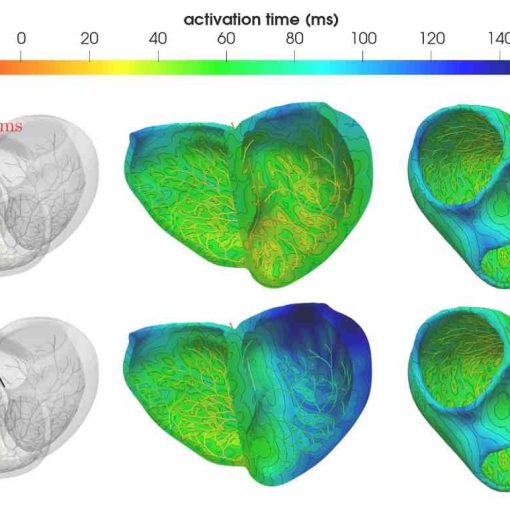A new MOX Report entitled “Numerical modelling of protein misfolding in neurodegenerative diseases: a computational study” by Antonietti, P.F.; Corti, M. has appeared in the MOX Report Collection.
Check it out here: https://www.mate.polimi.it/biblioteca/add/qmox/11-2024.pdf
Abstract: The spreading of misfolded proteins is a known hallmark in some neurodegenerative diseases, known as proteinopathies. A significant example is the tau protein, associated with many pathologies, such as Alzheimer’s. In this work, we discuss and compare two different models for the mathematical modelling of protein misfolding, namely the heterodimer model and the Fisher-Kolmogorov model, as well as their numerical discretizations. We introduce a discontinuous Galerkin method on polygonal and polyhedral grids for space discretization to accurately simulate the wavefronts typically observed in the prionic spreading. Starting from the semidiscrete formulations, we use a Crank-Nicolson scheme to advance in time. Finally, we simulate the spreading of the misfolded tau protein in a two-dimensional brain slice in the sagittal plane with a polygonal agglomerated grid. The simulation is performed using both the presented models, and we compare the results! and the differences deriving from the modelling choices.





